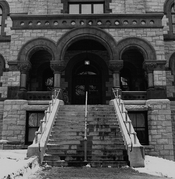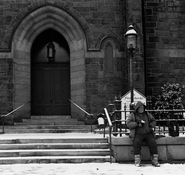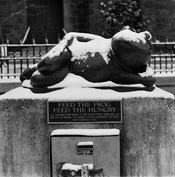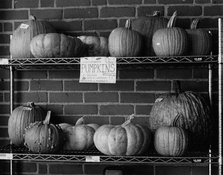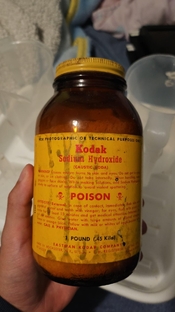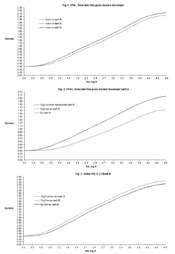@Alex Benjamin: I intend to put some Tri-X through. I have been holding off using it until the Kentmere stuff is used up. I am excited to use Tri-X again. Anyone know if this film has changed during the years?
As far as I know, last time Kodak made changes to the Tri-X emulsion was in 2007. There are a few threads about that on Photrio.

Tri-X: Old vs. New?
I recently read that Kodak re-engineered their classic Tri-X 400 to have less silver content. (No year was given.) The article said that the older Tri-X had a classic "look" to it that has since been lost in the new formula, which is more lifeless. Does anyone know of any images that...


